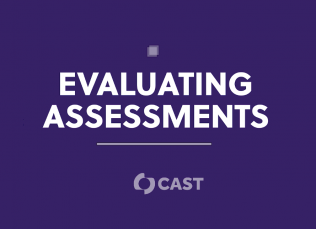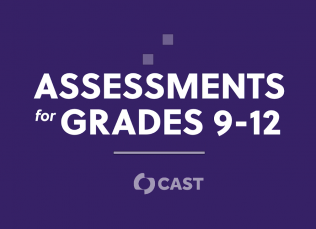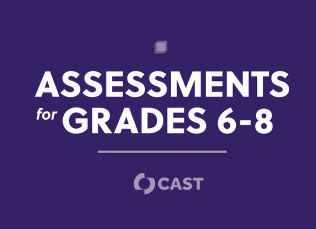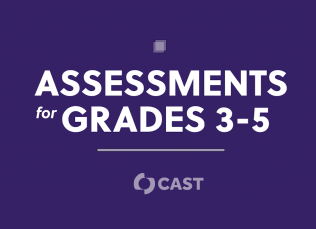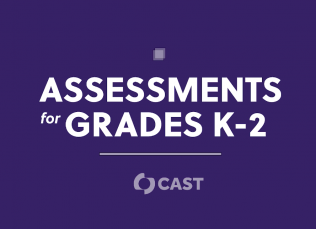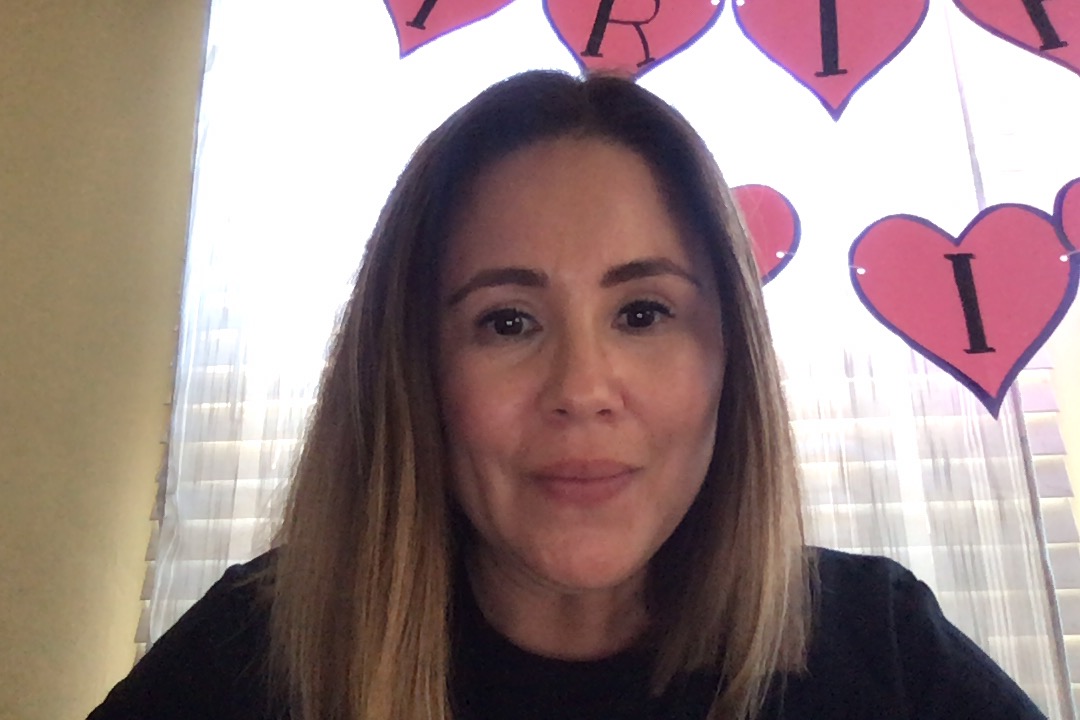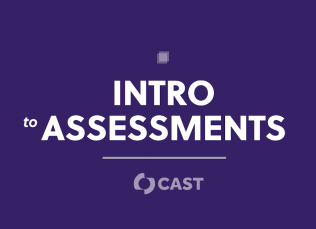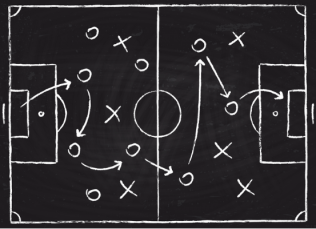
The Assessment Playbook: A UDL Approach
The vision of this Playbook is to highlight key ideas and deepen opportunities to learn more about the topics presented in the UDL assessment video series.
Welcome to The Assessment Playbook
Selecting the "DOCUMENT" link above, you can access The Assessment Playbook. The vision of this Playbook is to highlight key ideas and deepen opportunities to learn more about the topics presented in the UDL assessment video series:
We hope this Playbook will support K–12 educators as they plan and implement assessments during the school year in order to inform the design of instruction. Effective design and implementation of assessments helps ensure that all students are able to grow and develop as learners—so they are empowered to build on their strengths and improve on areas of challenge. Inspiration for this video series and accompanying Playbook was developed as a way to better understand the gaps in learning that may have occurred as a result of the COVID-19 pandemic.
Organization/Publishers:
Share this resource:
Posted date:
August 13, 2022
Access the full resource here if it does not render.
The Assessment Playbook: A UDL Approach
Document Summary:The vision of this Playbook is to highlight key ideas and deepen opportunities to learn more about the topics presented in the UDL assessment video series.

